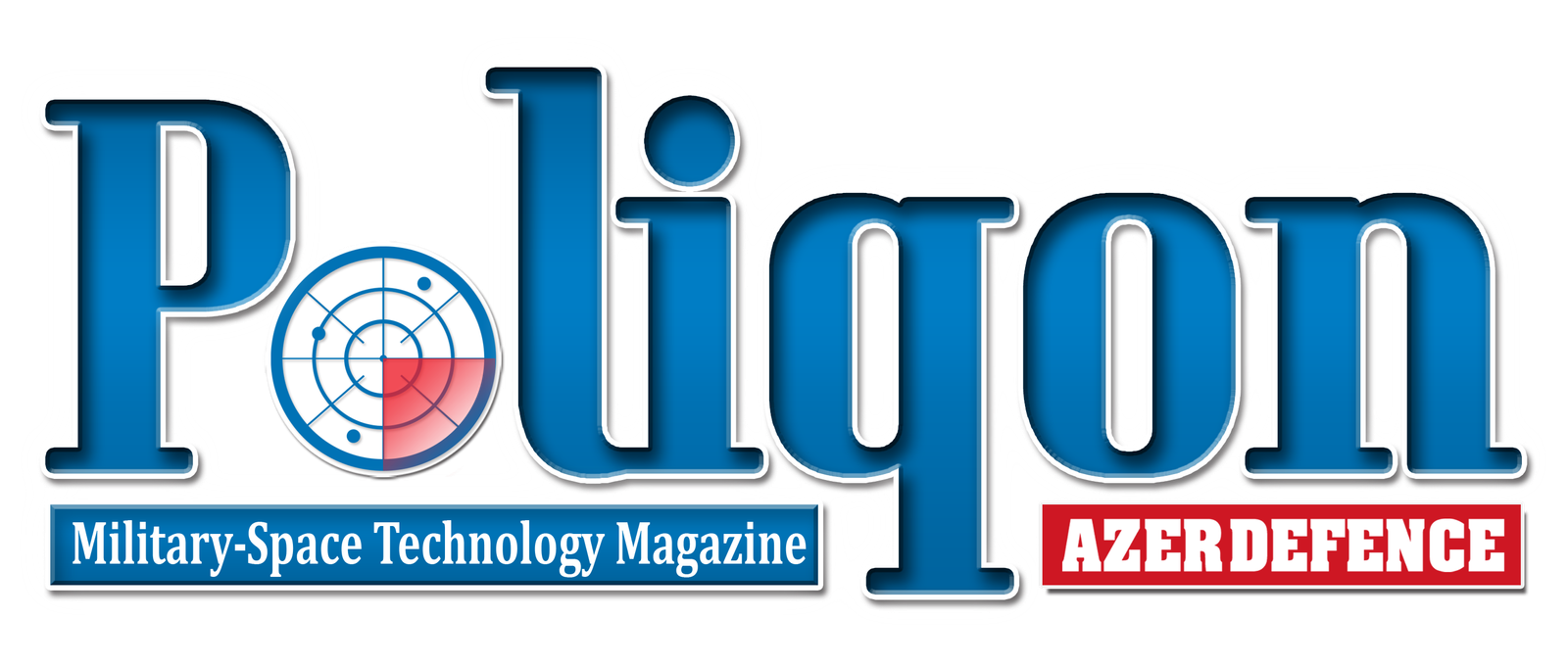
South Korean Artillery Maker Offers new Howitzer to U.S. Army
South Korea’s Hanwha Aerospace will attend the AUSA 2025 exposition in Washington, D.C., this week and use the forum to offer a wheeled variant of its K9 self-propelled howitzer as a potential route to modernize US Army artillery forces, the company says.
The firm plans to showcase an 8×8 wheeled K9A2 solution, called the K9MH, that integrates an automated loading turret and a modular approach to propellant charges.
According to Hanwha, the K9A2 is the next-generation tracked howitzer nearing final performance verification and the K9MH wheeled configuration adapts that architecture to an 8×8 off-road chassis with an automated ammunition handling and loading system. Company materials say the automation raises the weapon’s sustained firing rate well above legacy levels, increasing rounds per minute from the current six to more than nine under ideal conditions.
Hanwha is also pressing a plan to localize a Modular Charge System for 155mm ammunition, saying the move will secure NATO-standard compatibility and help stabilise supply chains for allied forces. The proposal, the company says, is aimed at expanding production options and reducing reliance on single-source suppliers following shortages in 155mm rounds that emerged after the conflict in Ukraine strained existing inventories.
In a release, the company framed the effort as part of broader security and economic cooperation between South Korea and the United States. Hanwha says it intends to work with the South Korean government and US partners to position the K9A2 as an optimal artillery solution for the US Army, combining the established K9 fire system with automotive partners and local production wherever required.
For defense planners, the K9A2 wheeled concept reflects a wider industry trend: adapt proven tracked fire control and gun systems to more mobile or road-capable chassis where rapid strategic redeployment and lower logistical footprints are valued. The automated loader and modular charge approach directly address two operational priorities for modern artillery forces—higher tempo of fire and resilient ammunition supply.
Hanwha’s pitch arrives as allied militaries reassess artillery logistics and sustainment after sustained combat operations in Europe placed pressure on both rounds and industrial capacity. The company says localising the Modular Charge System will improve interoperability with NATO munitions standards and help ensure a steady flow of propellant charges to front-line units during high-intensity operations.
